The DEA's 2020 National Drug Threat Assessment, which was published Tuesday, shows how each of the key players exert their influence over different parts of the US.
A map shows how El Chapo's Sinaloa Cartel and their rivals the Jalisco New Generation Cartel (CJNG) were the dominant forces in funneling drugs over the Mexico-United States border in 2020.
The Sinaloa cartel was found to control Arizona and California area smuggling routes into the US, while the CJNG exerts control over Mexico's port of Manzanillo.
Other key players are the Cartel del Noreste [Northeast Cartel] and Los Zetas, Guerreros Unidos [United Warriors], Juaréz Cartel and La Línea, and La Familia Michoacana.
'Mexican TCOs [transnational criminal organizations] are the greatest drug trafficking threat to the United States,' the DEA declared in the report.
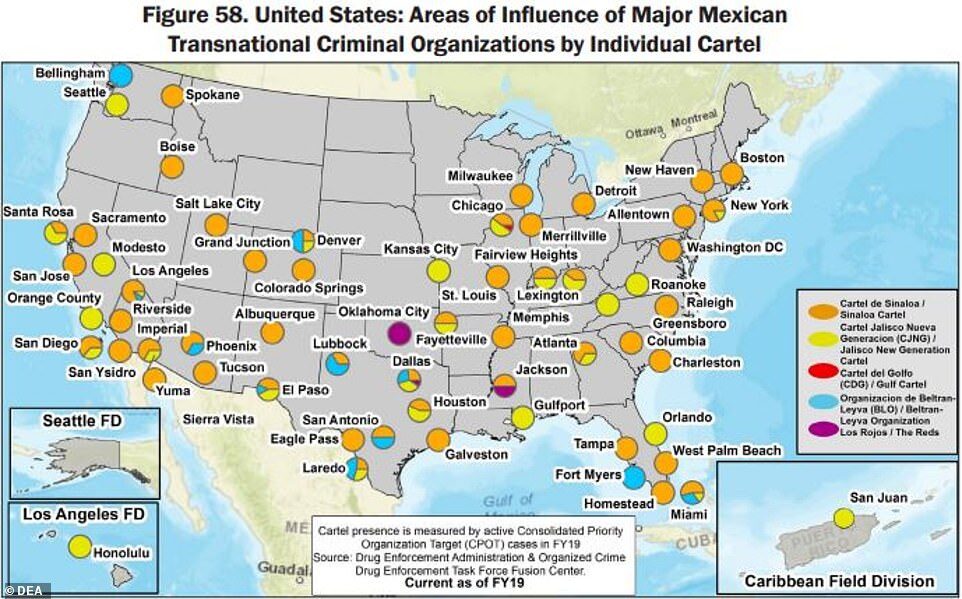
The report revealed that even with its co-founder Joaquín 'El Chapo' Guzmán spending the rest of his life inside a Colorado super maximum security prison, the Sinaloa Cartel maintained a tight grip on the trafficking and sale of drugs across the United States, with a shocking influence in 24 states and Washington, D.C.
The report found: 'The cartel employs gatekeepers assigned to Ports Of Entry and controls Arizona and California area smuggling corridors into the United States.'
Its main rival, the CJNG managed to expand its business over the border to U.S. 11 states, including Hawaii, and the U.S. territory of Puerto Rico. The gang also has a presence in 23 of Mexico's 32 states.
The report found: 'The CJNG smuggles illicit drugs into the United States by accessing various trafficking corridors in northern Mexico along the southwest border including Tijuana, Juarez, and Nuevo Laredo. The CJNG also has influence over the busiest port in Mexico, the Port of Manzanillo, and utilizes that influence for the distribution of large quantities of drugs.'
The CGNC is led by Mexico's most-wanted man, Nemesio 'El Mencho' Oseguera, who came up under the tutelage of El Chapo. The DEA is offering a $10 million reward for information leading to El Mencho's arrest and/or conviction.
The DEA said that the Sinaloa Cartel and the Jalisco New Generation Cartel expanded 'their criminal influence by engaging in business alliances with other organizations, including independent DTOs [drug trafficking organizations], and working in conjunction with transnational gangs, U.S.-based street gangs, prison gangs, and Asian money laundering organizations [MLOs].'
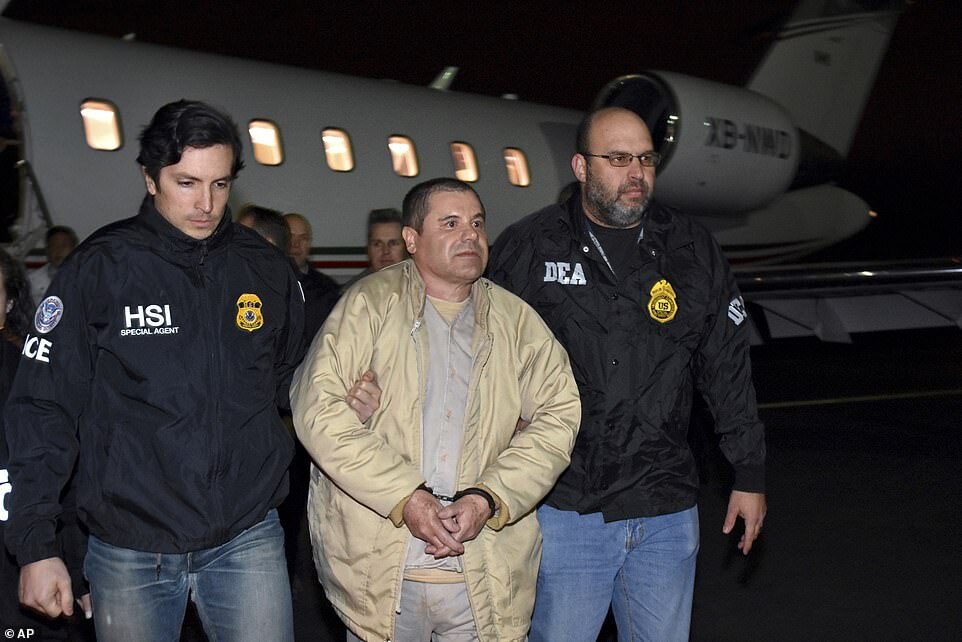
The report also revealed that the COVID-19 pandemic does not seem to have affected business for the drug cartels.
The Sinaloa Cartel and the Jalisco New Generation Cartel used the epidemic to their advantage by increasing the price of methamphetamine, which is produced in secret drug labs in Mexico.
Both drug cartels have been keeping back their normal deliveries of methamphetamine, helping to drive up the wholesale price.
However, the Mexican cartels did hit a bump in the road as the coronavirus pandemic hit 'both the global and domestic illicit financial networks that' they were relying on.
'These disruptions include the transportation of bulk currency, the processing performed by illicit money brokers, the operations of Asian MLOs, and trade-based money laundering,' the DEA said.
The DEA found that the majority of heroin and fentanyl available in the United States is smuggled overland across the southwest border. Lesser amounts are flown in by couriers on commercial airlines.
The report explains: 'Land transportation via the interstate system is the most predominant method of transporting illicit opioids, with personally-owned vehicles (POVs), rental vehicles, and trucks/tractor trailers identified as the most commonly used modes of transport. POVs are often retrofitted with concealed compartments that are used ... to hide heroin, fentanyl, bulk currency, and other contraband'.
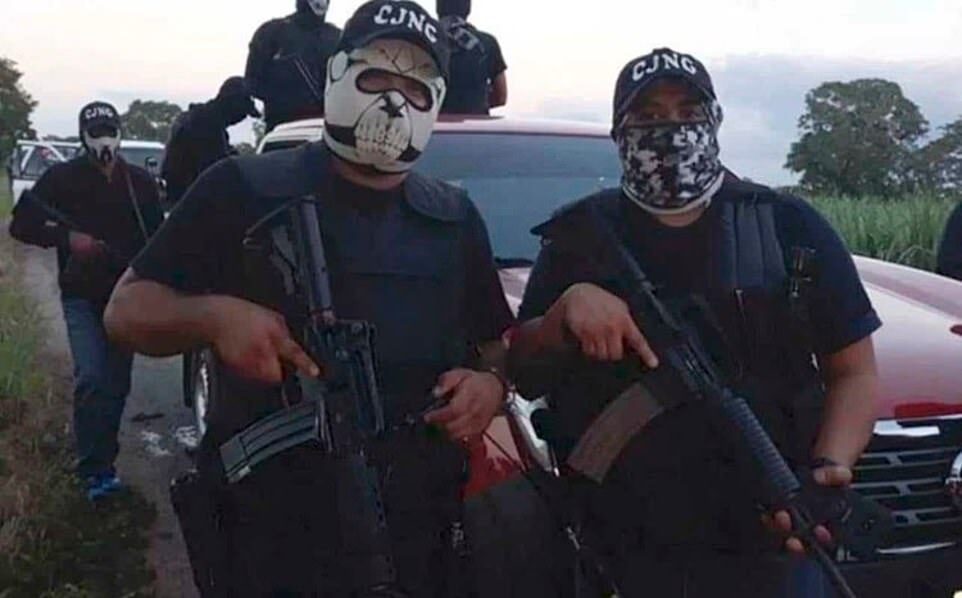
'Fentanyl distributors in the United States also continue to order fentanyl, FRCs, and other synthetic opioids, such as U-47700, directly from manufacturers in China via the Internet including the dark web, with delivery accomplished by international mail and commercial parcel services,' the report states.
The DEA also warned that Mexican cartels - specifically the Sinaloa Cartel and the CJNG, are ramping up production of wholesale quantities of fentanyl in both powder and pill forms, as the US grapples with the opioid epidemic.
The cartels are also expanding their sources which supply chemicals involved in creating the drugs, and changing the chemicals they use in the synthesis process, in a bid to get around international chemical controls.
The report found: 'Mexican TCOs will almost certainly have the greatest direct impact on the fentanyl market in the United States for the near future because of these organizations' increased capacity and capabilities for fentanyl production, adaptations to restrictions on precursor chemicals, and existing drug trafficking infrastructure in the United States.'
Speaking about the report, the DEA's Special Agent in Charge Ray Donovan told DailyMail.com: 'It is evidently clear from this report and DEA investigations that fentanyl is the underlying reason for increased overdose deaths in the United States.
'Transnational criminal organizations are taking advantage of the ongoing pandemic by pushing synthetic drugs across the border.
'But, DEA, working hand in hand with our local, state, and federal law enforcement partners, continue to identify and counter drug threats while synthesizing demand reduction efforts to increase the public's awareness of these dangers.'
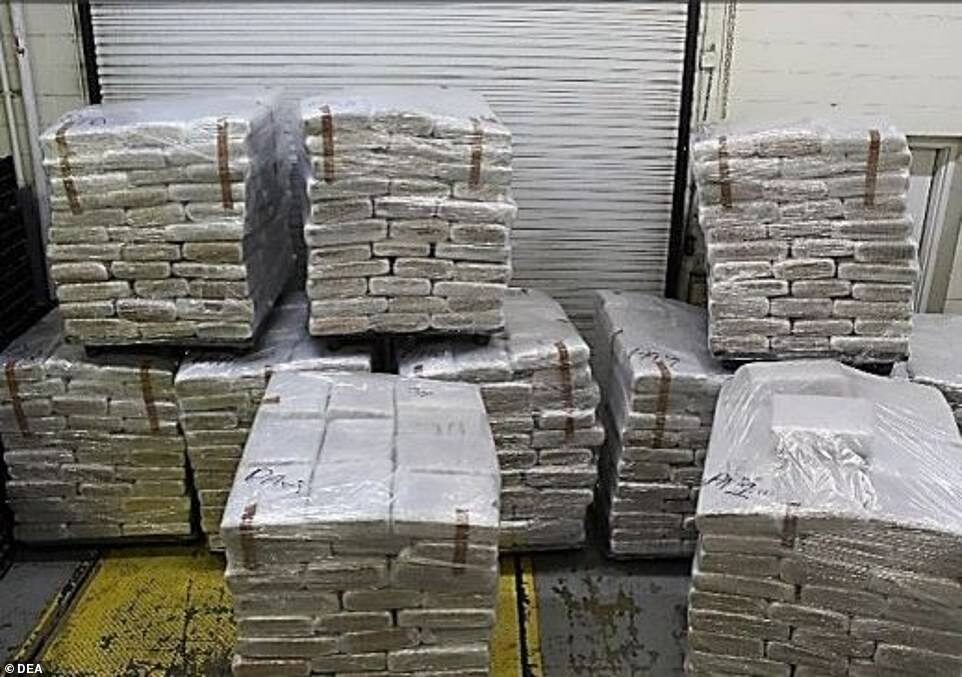
The agency saw an increase in the amount of fentanyl that it confiscated, registering 2,914 kilos in Fiscal Year 2020 after recovering 2,773 in Fiscal Year 2019.
The agency did report a drop in the cocaine is seized in Fiscal Year 2020, totaling 212,860 kilos, compared to 252,824 kilos the previous year.
Agents seized 48,069 kilos of methamphetamine in Fiscal Year 2020 after DEA agents seized 39,995 in Fiscal Year 2019.
The DEA confiscated 645,333 kilos of marijuana in Fiscal Year 2020, a significant increase from the 351,658 that were seized in stings in Fiscal Year 2019.
Read more here.
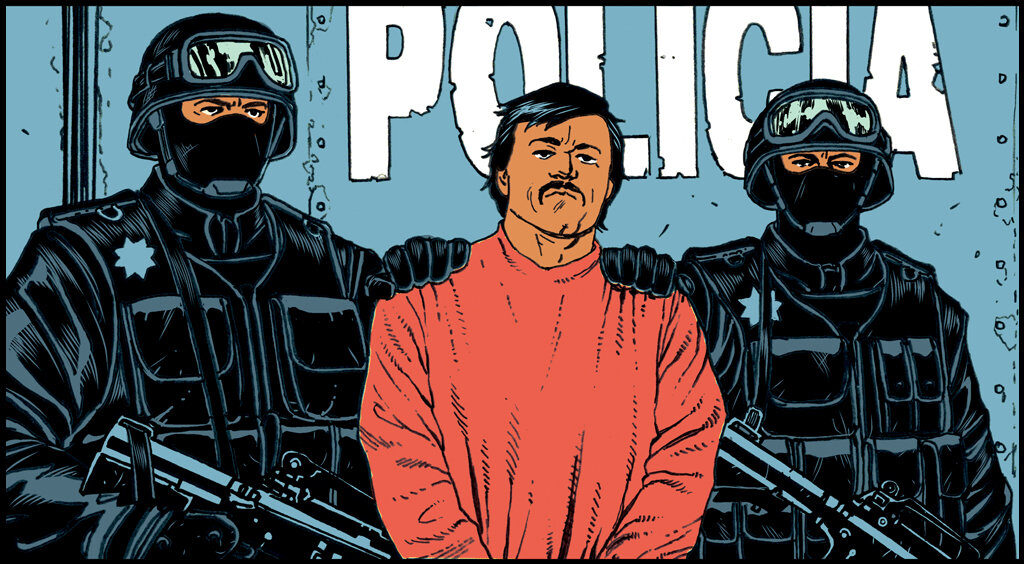



Comment: History demonstrates that it is not only the Mexican cartels who are responsible for flooding the USA with drugs. From the 2014 New American article U.S. government and top Mexican drug cartel exposed as partners: